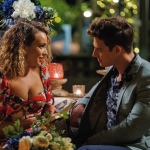The Australian TV and film industry is under a bit of pressure right now, with Indigenous actor and all-round creative, Meyne Wyatt today commenting on how racist the set of Neighbours was when he had a stint on the show.
This type of news might come as a shock to some, but it really shouldn’t. In August last year, a ‘landmark’ diversity report dropped the apparent bombshell that only 11.4% of Australian TV presenters, reporters, and commentators are from either Indigenous or non-European backgrounds.
The rest of the stats show that 58% of those on screen have an Anglo-Celtic background, and the other 18% are Non-Anglo European. So basically, nearly 90% of Aussies in TV journalism are white or white-passing.
Not a surprise if you watch Australian TV, but this well-researched report shows the extent of lack of diversity in Australian TV.
For reference, the population shares are: Anglo-Celtic – 58%; European – 18%; Non-European – 21%; Indigenous – 3%.https://t.co/9FoxlimOmn pic.twitter.com/1X4b3Vo1e8
— Hari Bapuji (@HariBapuji) August 17, 2020
Since that report came out, publications dropped headlines left, right and centre about how shocking and terrible and ground-breaking these statistics are – but for who, exactly? I can guarantee you, BIPOC are very well aware that the space we take up on TV and the general media is miniscule.
Hours before the report dropped, a young hijabi girl in 8th grade called Anhaar Kareem asked Barnaby Joyce a question on Q+A: “do you think there is a chance in the near future that Australians would be accepting of somebody who is a hijabi journalist, like me, on their TV screens?”
What can be done to ensure Australian media reflects all Australians? #QandA pic.twitter.com/Ii1GL2lZrr
— QandA (@QandA) August 17, 2020
Anhaar’s question hurt me, in more ways than I know how to articulate. She’s in year 8. She’s the same age as my little sister, who also wears a hijab.
To hear a little kid talk about how they want to be a journalist but don’t think this country would accept them in that career hit so close to home, and the worst part is I don’t even have a comforting answer to give her. (And neither did the panel, clearly.)
When I decided to study journalism after I finished high school, I was met with a lot of concern by friends and family – not because they thought it was a bad career choice or that I wasn’t capable, but because they were afraid for my well-being as a visibly Muslim woman in media, and worried that no one would hire a hijabi journalist.
In 2017, Black Muslim journalist and mechanical engineer Yassmin Abdel-Magied was crucified and viciously torn apart in the media for daring to voice support for other persecuted minorities on Anzac Day.
Incredible caption in this report about cultural diversity on Australian TV https://t.co/zoEOEqvsdc pic.twitter.com/RdcC7SyDpc
— Josh Butler (@JoshButler) August 16, 2020
Paired with her defending her religion on TV, what ensued was a hateful, racist, vicious campaign to get her off screens and out of view. Petitions were created to have her fired from ABC which had thousands of signatures, she received death threats, threats of rape, videos of rape and beheadings with messages saying she deserved to be a victim of such heinous crimes, her phone number and social media were blown up, and she ended up having to flee the country for her own safety.
Even after she left, it didn’t end – white radio and talk-show hosts spoke publicly about killing her.
“She has fled the country and is blaming all of us,” Prue MacSween told National Radio. “She says she’s been betrayed by Australia and didn’t feel safe in her own country. Well actually she might have been right there, because if I had seen her I would have been tempted to run her over mate.”
This all happened during the first year of my journalism degree, and so the anxiety and concern of existing as a Muslim woman in the media only heightened. Even now, after finishing my degree and working as a journalist and commentator for over a year now, I still feel anxious any time I say anything about race and religion, because I don’t know what will set people off.
What, you mean to say channels 7, 9, and 10 are not representative of real Australian social demographics?
Who knew?
Well, apart from anyone who walks around in any of our major cities and then watches TV, that is ?
— lord snooty (@lordsnooty) August 17, 2020
In 2019, my name made global headlines after I wrote an article about how I wasn’t allowed into a venue because of my hijab. It was then that I had my first taste of the horrors that come with being a Muslim woman in the public eye.
Threats of assault, murder and rape flooded my inbox. Countless white Australians messaged me and commented on news stories saying how if they saw me, they would rip the hijab off my head. For the following weeks, whenever someone looked at me for longer than a glance, I was scared they recognised me and were going to jump me.
Fast forward to 2020, and Black Lives Matter protests are the latest victims of racial gaslighting and attacks in the media. Constantly falsely linked to positive COVID tests, the protests were demonised in the Murdoch empire from the get-go. The few progressive media outlets that were somewhat supportive showed obviously tokenistic interest in the latest ‘woke’ trend.
5 years ago this was me. Now, I’m one of few muslim women journalists wearing headscarves reporting on Australian tv. It wasn’t easy getting here and it’s not easy working in an industry that’s so far behind with diversity. https://t.co/bz0yHatJaD
— Sowaibah Hanifie (@SowaibahH) August 18, 2020
Junkee, prompted by the sudden call for platforming marginalised voices during #BLM protests, decided they had “spare budget” to spend purely on BIPOC writers – because, as always, we are an afterthought and never a priority.
We are the subject of think pieces on diversity, but rarely actually hired as regular staff to cover these stories ourselves.
Additionally, Pedestrian TV published an article titled “A New Report Has Determined Exactly How Blindingly White Aussie News Programs Really Are” – and of course, the article was written by a white staffer, in a publication that is owned by Channel 9 who ranked at the bottom of the report as least diverse.
Incredibly disappointing response from Seven and Nine to @MediaDiverseAU report on diversity in TV news. Claiming that your newsroom is overwhelmingly white because non-white journalist aren’t applying is so disingenuous. Do better. pic.twitter.com/A97fAqc8qy
— Kishor (@kishor_nr) August 17, 2020
The truth is, Australian TV and the wider media sphere are grossly hostile to BIPOC. We didn’t need a report to tell us that. We already know, we live it. We’re constantly spoken about but rarely spoken to, we’re lamented as lacking from the news room but rarely hired or given the resources and opportunities to exist in such spaces.
I hope every publication, editor, news show and media company that reported on the shocking diversity stats actually makes an effort to change those stats – but I won’t get my hopes up.



